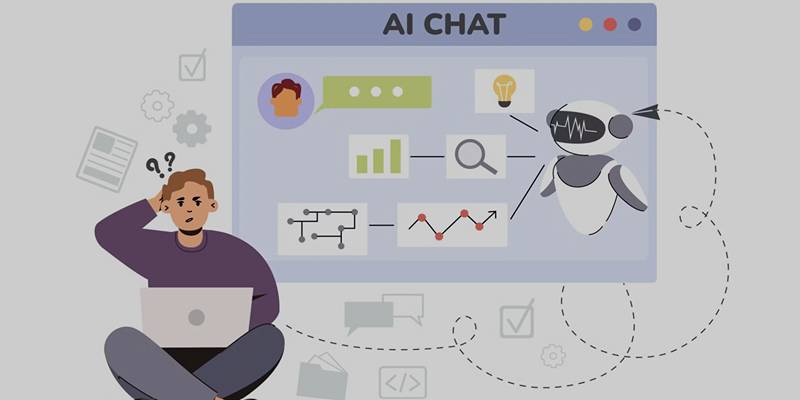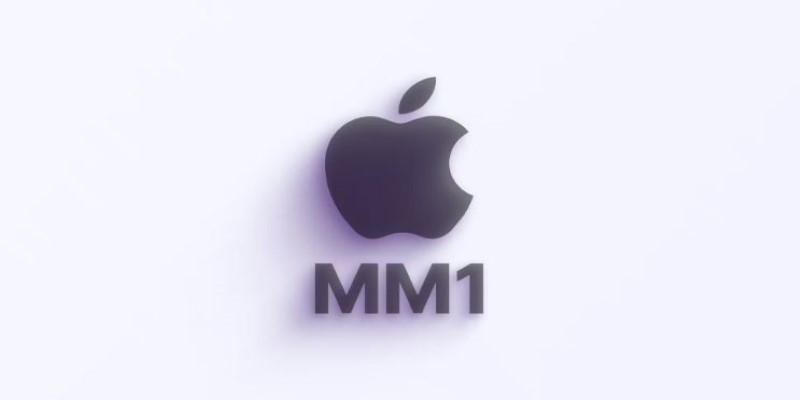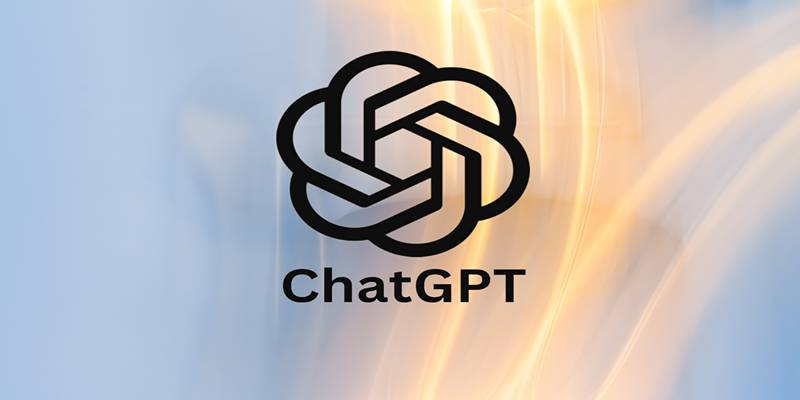Advertisement
Google has made it clear—it doesn’t hate AI content, but it’s not handing out free passes either. In fact, recent updates to its policies show a more refined take: not all AI-generated content is a problem, but poorly made, unhelpful, or spammy content—no matter who or what made it—definitely is. This has pushed creators, businesses, and marketers to rethink their content strategies and take a closer look at what they're publishing. Let’s break it down and see what’s really changed, what Google’s watching for, and what it means for anyone using AI to write.
One of the biggest takeaways from Google's updated approach is this—it's not about whether a human or a machine wrote it. It's about whether that content is useful. If it's created just to fill a page with keywords or to trick the system into ranking higher, it's going to be flagged, regardless of who pressed the publish button.

The new regulations point directly to Google’s long-standing content principles, especially E-E-A-T (Experience, Expertise, Authoritativeness, and Trustworthiness). Content that fails to demonstrate these elements—whether AI-generated or human-written—is at risk. That means creators who rely heavily on AI tools will need to move beyond surface-level text and put effort into adding value, original insight, and clear intent behind the information they publish. So, no, AI isn't banned. But lazy content is.
Google’s new policies are focused more on results than tools. They’re not asking, “Was this made with AI?” They’re asking, “Is this worth showing to users?” Here’s what the algorithm is actively filtering out:
Tools can pump out hundreds of articles in minutes. But if those articles are shallow, repetitive, or offer nothing new, they’ll likely be penalized. Google’s systems now flag AI-generated pages that are clearly made to manipulate search results or serve ads without providing real content.
Google doesn’t want summaries of summaries. If your content doesn’t say anything fresh or doesn’t reflect real human thinking—insights, opinions, experience—it risks being buried. Even a well-structured, grammatically perfect article can fall short if it just echoes what’s already out there.
Transparency is becoming more important. Sites that pass off AI-written content as if it's from an expert with no disclosure are starting to get hit. Google isn't demanding disclaimers on every AI-written post, but they’re becoming less tolerant of fake authors or made-up bios that are clearly designed to deceive.
The classic red flag. AI tools can sometimes make content that sounds fine but doesn't help the reader answer their question. Google’s systems are getting sharper at identifying this kind of filler.
Google isn’t manually checking every blog post. Its systems rely on signals that help determine content quality, intent, and usefulness. Here’s what it looks for:

A well-organized article with clearly defined points, supporting data, and meaningful takeaways rank higher than content that rambles or repeats itself. AI-generated text can feel flat if it's not shaped with purpose, so having a clear point of view or real-world example helps.
Citations, links to trusted sources, and clearly stated credentials boost credibility. AI tools can write about medical or financial topics, but without references or author backing, that content becomes risky under Google’s policies.
If users land on your page and bounce within seconds, that’s a negative signal. Google tracks how people interact with content. If readers stay, scroll, or click deeper, that’s a good sign. AI-written articles that are engaging and practical stand a better chance than keyword-stuffed ones.
Copying old content or churning out rewrites isn’t going to work for long. Google rewards websites that provide timely, updated information. Even if AI is used, there needs to be a reason for the content to exist right now.
Raw AI content usually lacks depth and specificity. It might read smoothly but often misses context or adds fluff. Use AI as a draft, then edit heavily. Add personal insight, data, and analysis. If it feels like anyone could have written it, it probably won’t hold up. Google now spots patterns that look like AI templates—intros that just repeat the title and conclusions that rephrase earlier points. Start strong, say something useful, and end with value—not just a summary.
AI tools can also get facts wrong. Always verify stats, quotes, and claims. Google notices when outdated info shows up across multiple sites, especially without proper sources. So, use AI to support—not replace—your work. It’s helpful for structure or clarity, but final drafts should come from someone who knows the topic and can catch what AI misses. And finally, trust matters. Sites using fake names or stock bios risk penalties. Use real authors, real bios, and show why the person behind the content knows what they’re talking about.
The bar is higher now, but not impossible. You can still use AI tools in your content process—many do. However, the strategy has to shift from mass output to meaningful output. Google isn’t chasing perfection. It’s looking for usefulness. Sites that take the time to write clearly, offer value, and build trust will still perform well, even if AI helped along the way. What won’t work anymore is gaming the system. The shortcuts are closing, and audiences are getting smarter, too. Hope you find this info worth reading. Stay tuned for more useful guides.
Advertisement

Google Veo 2 review highlights its advanced video generation tool capabilities while raising serious AI video model concerns

Want robots that understand natural language? Discover LeRobot by Hugging Face—an open-source library connecting AI models with real-world robotics systems

Discover 8 AI tools every content writer should use to save time, improve quality, and streamline content creation tasks.

Discover how to build a consistent, effective meditation habit using ChatGPT as your personal AI wellness assistant.

Explore the growing popularity of AI chatbots and their role in delivering faster, smarter support to users everywhere.

What is Apple’s MM1 AI, and how will it change Siri and your device experience? Learn how MM1 is designed to bring intelligent, on-device AI to Apple products

Learn why FraudGPT is a growing cyber threat and follow 10 essential steps to protect your personal and business data.

Google has updated its stance on AI-generated content. Learn how to navigate Google’s new policies, avoid penalties, and create high-quality content that meets search engine standards.

Need AI built for healthcare, not general use? Aloe offers focused, open medical language models designed for clinical tasks, documentation, research, and patient support

Explore how the SQL NOT IN operator really works, where it can trip you up, and how to use it safely without running into hidden pitfalls like NULL values or performance slowdowns

Streamline proposal writing with ChatGPT while improving structure, tone, and impact to increase your chances of success.

ROI, task performance, fidelity, personality, safety, accuracy, and inference speed are the most important GenAI value metrics